In February of 2013, the Goldhirsh Foundation launched LA2050, a movement shaping and building the future of Los Angeles. Los Angeles is a tale of two cities- breathtaking beauty, poisoning pollution, extraordinary wealth, dire poverty- the paradoxes abound.
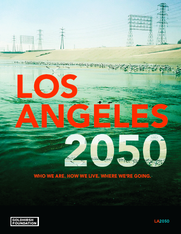
LA2050 sought to catalyze a different conversation- a new conversation- about how to bring Angelenos together to harness the creativity, passion and human capital to invent a new future for LA- a future that unleashes everyone's potential.

Unleashing the Potential of Los Angeles identifies themes and trends that emerged in the My LA2050 Grants Challenge.
Highlights from the report:
1) Collaboration - overwhelmingly proposals came from partnerships and/or proposed partnerships to achieve social impact
2) Cross Indicator Themes emerged:
- Youth Engagement
- Technology
- Public Space
- Pop up/Mobile
- Design & Innovation
- Transportation
- The Sharing Economy
- Social Enterprise & Artpreneurs
- Storytelling
- LA2050 Amplifiers
3) Alternative Metrics for Impact: Appendix III
Appendix III shares interesting, innovative ways that projects proposed to evaluate their impact. Measurement and evaluation are increasingly the focus in the impact sector. Better feedback leads to better results and identifying new metrics for impact may
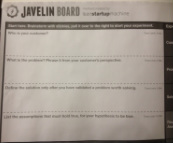
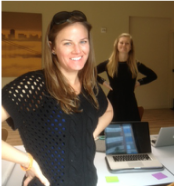
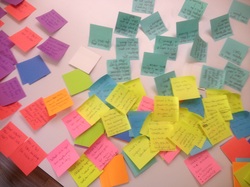
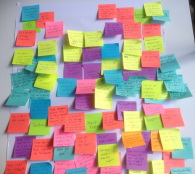
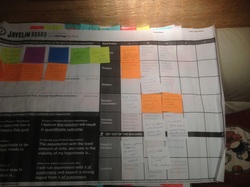
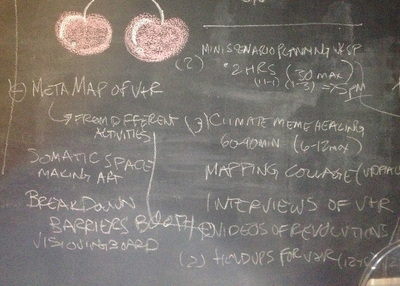

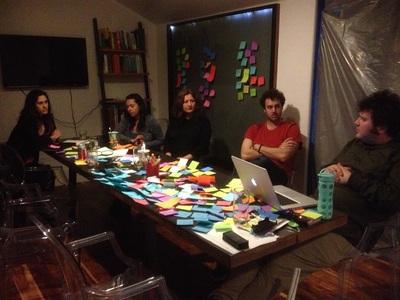
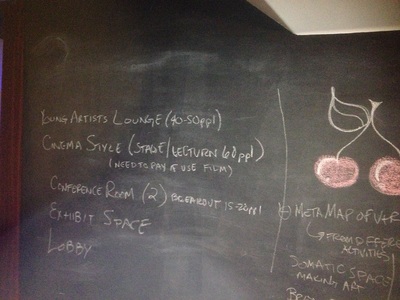

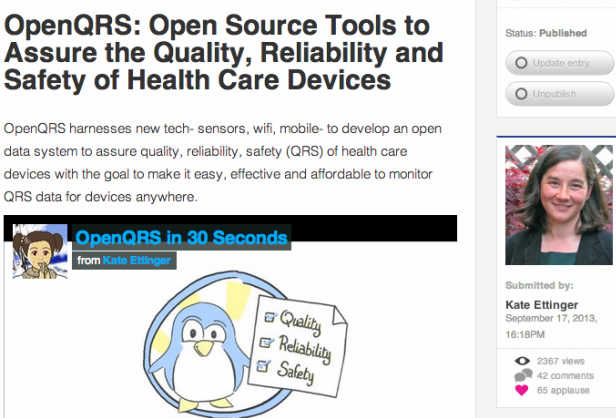


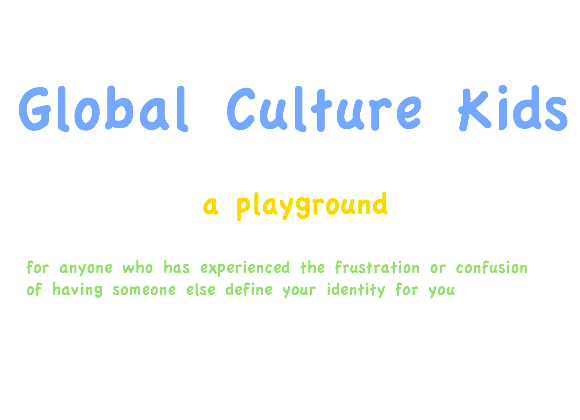
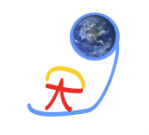
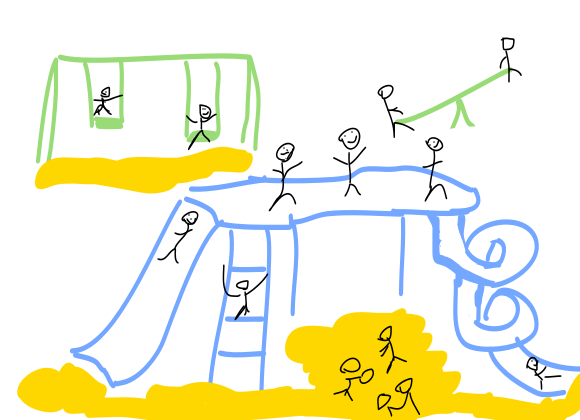

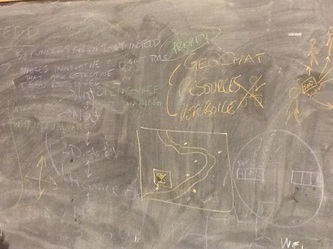
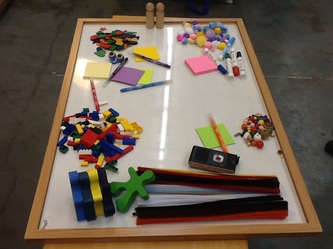
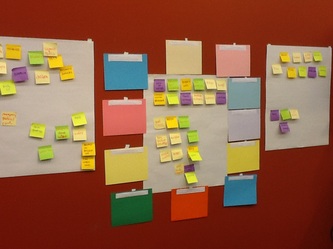
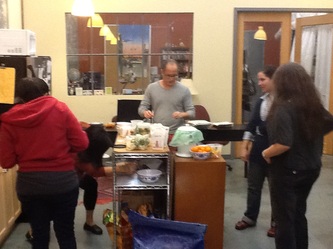
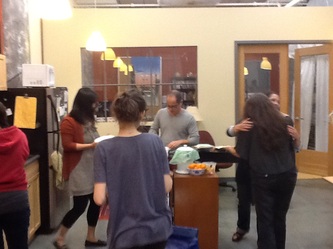
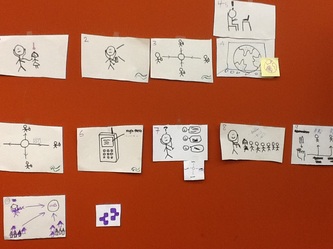
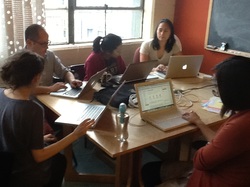



 RSS Feed
RSS Feed